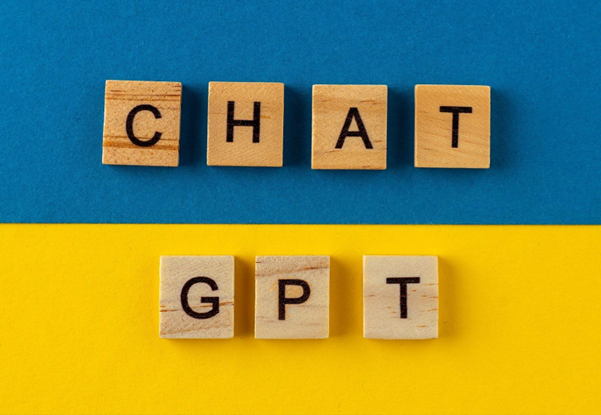Woah!!! Did you know that the number of digital buyers worldwide is a staggering 2.14 billion? That means more than a quarter of the world’s population, around 27 percent, is embracing the convenience and possibilities of online shopping. It’s a testament to the growing influence and reach of e-commerce in our interconnected world. As a business owner, it’s crucial to not overlook these compelling statistics. However, if you find yourself unsure about navigating the realm of online marketing, it can be challenging to determine your next steps. We understand the pain of making a mark in the digital space. But a paid media plan can be your ultimate answer.
You might have heard of the advantages of paid media, such as expanding your audience reach and enhancing lead quality. In fact, paid advertising has proven to be a game-changer for brand awareness, as evidenced by a significant 33% of marketers who have witnessed its positive impact.
However, the question is – what does paid media really mean? By understanding the power of paid media and seeking the right guidance, you can connect with this vast audience and propel your growth marketing strategies forward in the digital landscape.
But First, What is a Paid Media Plan?
Paid Media plan encompasses various promotional techniques, such as sponsored social media, paid search, display ads, video ads, and other forms of promoted multimedia. It serves as a highly effective method to expand your brand’s reach, boost website traffic, and generate valuable leads.
By leveraging sponsored content, you can connect with audiences that may have otherwise remained unaware of your brand, products, services, or solutions.
The appeal of paid media lies in its ability to expedite exposure. It allows companies to reach a larger target audience swiftly, target specific locations or interests, and drive instant solution visibility.
Moreover, paid media serves as a valuable tool to promote owned media assets, facilitating the conversion of prospects in the middle of the marketing and sales funnel. Here are some examples of paid media:
- display ads
- social media advertising
- search engine marketing
- offline ads
- radio ads
- TV and video ads
- podcast ads
- referral programs
- influencer programs
- affiliate programs, etc.
Venturing into the realm of growth marketing can be a thrilling journey. But what exactly is the secret behind the remarkable results achieved through paid media? Let’s discuss why it has become a must-have tool for businesses seeking to thrive in today’s digital landscape.
So, Why Use Paid Media?
Paid media encompasses various advertising channels, such as social media ads, search ads, banner ads, display ads, native ads, and more. Whether you choose a single channel with high-profit potential or combine multiple avenues for enhanced performance, the possibilities are endless. Now, let’s delve into why integrating paid media into your marketing strategy is absolutely crucial.
- Drives Traffic
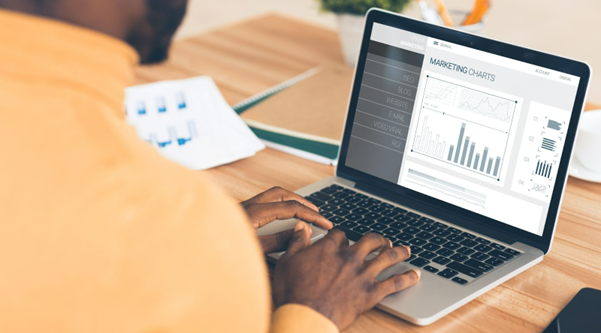
Paid media has an unparalleled capability to propel traffic toward your business with remarkable force. By leveraging paid ads, you can ensure that your valuable content reaches a broader audience, accelerating the dissemination of your brand’s message and captivating the attention of potential customers.
Through strategic targeting and precise ad placement, paid media allows you to cast a wide net, attracting individuals who may have otherwise remained oblivious to your brand’s existence.
This enhanced visibility and increased exposure work synergistically to ignite curiosity and drive engagement, ultimately leading to a steady influx of new customers. In a digital landscape characterized by ever-increasing competition, paid media serves as a potent catalyst. It propels your business toward unprecedented growth and success by amplifying your reach and expanding your customer base.
- Connect with Target Audience
Paid media grants you a seamless avenue to forge meaningful connections with your intended audience. By strategically placing your advertisements on platforms where your potential customers are already active, you tap into a reservoir of untapped potential.
This astute approach enables you to effortlessly engage with individuals who are primed and ready to interact with your brand, igniting their interest and sparking a genuine connection.
By leveraging the targeting capabilities of paid media, you can tailor your message to resonate with specific demographics, interests, or behaviors, ensuring that your content strikes a chord with the right people at the right time.
This ability to connect with your target audience on familiar platforms fosters a sense of familiarity. It also builds trust, positioning your brand as a relevant and valuable entity in their lives.
- Track your Paid Marketing Efforts
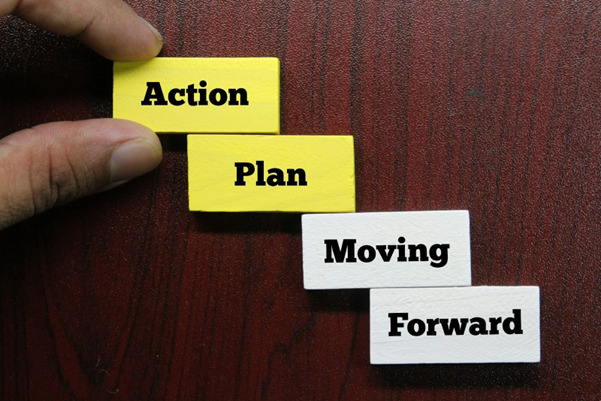
Harnessing the power of advertising platforms, you gain access to a wealth of invaluable insights through comprehensive analytics tailored for lead generation. These insightful analytics empower you to make informed decisions, strategically allocating your resources to maximize your return on investment.
By delving into the depths of data-driven analysis, you can uncover hidden patterns, uncover untapped opportunities, and refine your marketing strategy to resonate with your target audience.
With the ability to measure the impact of your campaigns and track key performance indicators, you can navigate the ever-evolving landscape of paid media advertising with confidence. This will ensure that every penny spent delivers tangible results.
In this era of data-driven marketing,you have the power of actionable insights at your fingertips. These insights enable you to drive your business toward greater success. Additionally, they empower you to achieve optimal outcomes at a reasonable cost.
- Brand Awareness
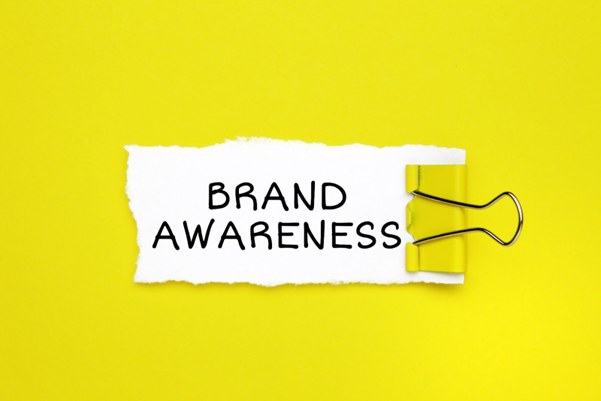
When you start large-scale campaigns through paid media, it opens up a realm of possibilities that extends far beyond mere conversions. It attracts the attention of potential customers.
By orchestrating expansive and impactful campaigns, you command the attention of a vast audience, leaving an indelible imprint on their consciousness. These campaigns create a buzz, generating excitement and curiosity around your brand, resulting in heightened visibility and recognition.
The ripple effect of these campaigns extends beyond immediate conversions, permeating through social circles, fostering word-of-mouth marketing, and laying the groundwork for sustained growth.
In the dynamic landscape of digital advertising, large-scale paid media plans serve as a catalyst, allowing your brand towards new horizons of recognition and securing a prominent place in the hearts and minds of your target audience.
Now that we explored how paid media plans can help you, let’s delve into the realm of paid media strategies that can take your business to new heights.
Paid Media Plan: What & How to Implement Them?
Whether you’re new to paid media or seeking to optimize your existing efforts, here are some of the paid media strategies that can promote your business successfully.
- Research Your Target Audience
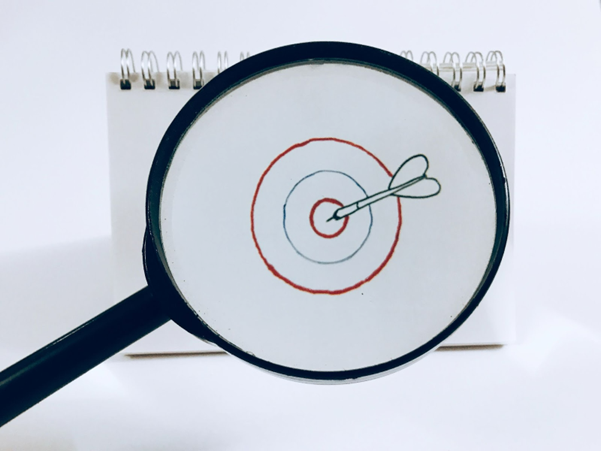
Prior to launching an advertising campaign, conducting thorough research becomes paramount. This crucial step holds the key to the success of your ads, as it hinges upon your understanding of your target audience. Begin by exploring these essential questions:
- What type of content resonates most with your customers?
- Which channels do they frequent when searching for products or services?
- What topics are likely to capture the interest of your audience?
- Which ad formats are more appealing to these individuals?
With the insights gained from your research, you can confidently proceed to the next phase of ad creation.
- Combine both Display and Native Ads
Recognizing that consumers are averse to having their online experiences disrupted by intrusive ads, it is essential to leverage the power of native advertising. Unlike traditional forms of advertising, native ads seamlessly blend into the user experience, delivering relevant information without aggressive messaging.
By adopting native advertising, you enhance the effectiveness of your campaign and foster greater loyalty among your potential clients.
Native ads transcend the realm of ‘banner blindness’ as they do not invade users’ personal space. They seamlessly integrate into various platform formats, seamlessly merging with organic content. Consumers receive the desired information without discerning a clear distinction between the native ad and regular content.
Additionally, unlike traditional ads, native ads cannot be easily blocked by users. By incorporating both Display and Native Ads, you get the benefits of non-intrusive advertising, effectively engaging your target audience and driving successful outcomes for your campaigns.
- Channel Diversification is the Key
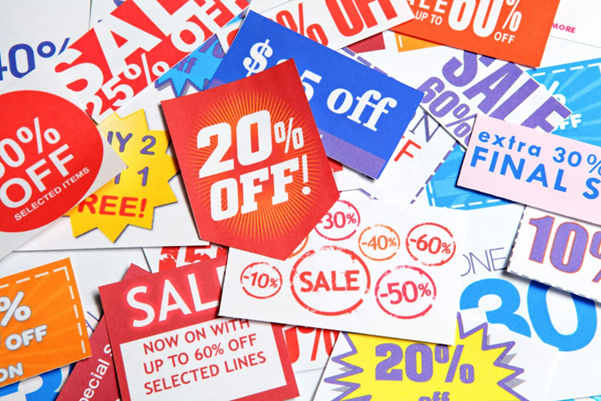
Identifying the most effective advertising channels can be a challenge, but focusing on the platforms your customers predominantly use is a sound approach. You can always ChatGPT to identify the same with the right prompts.
However, you must diversify your advertising budget to explore different platforms and mitigate the risk of overspending. Allocate your budget strategically by determining the most impactful channels and distributing your resources accordingly.
Moreover, you must make sure that the content you promote aligns seamlessly with each specific channel, tailoring it to suit the preferences and nuances of the platform. By adopting this approach, you can optimize your advertising efforts and maximize the effectiveness of your campaigns.
- Influencer Collaboration
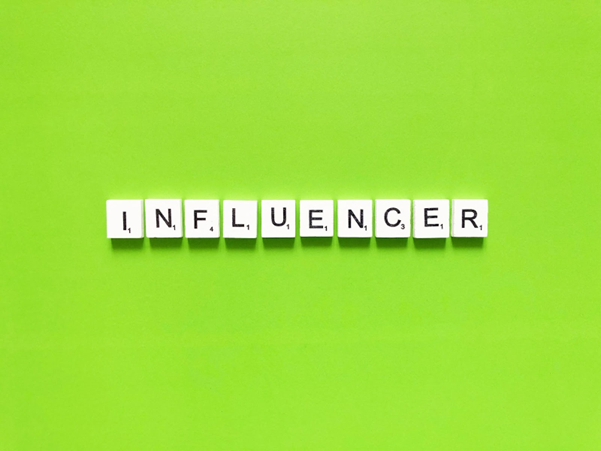
Incorporating influencers’ content into your advertisements represents a powerful form of native advertising. Influencers have a substantial and loyal following who place their trust in them, often making purchasing decisions based on their recommendations.
To leverage the potential of influencer marketing, seek out creators who boast an engaged audience and consistently deliver exceptional content. Assess their reach and gauge the level of interaction their content generates.
You can collaborate with influencers who are experts in your niche, ensuring their values align with your own and that they have established a strong rapport with their followers. By By partnering with influencers who resonate with your brand, you can tap into their credibility. This allows you to harness the trust they have cultivated with their audience. As a result, you can significantly enhance the effectiveness of your advertising efforts..
One notable example of influencer collaboration is the partnership between singer and entrepreneur Rihanna and luxury fashion brand LVMH (Moët Hennessy Louis Vuitton).
Rihanna launched her own fashion label called Fenty in collaboration with LVMH. This collaboration leveraged Rihanna’s immense popularity and influence to create a highly successful fashion brand that resonated with diverse audiences.
- Video Promotion

The rising popularity of video in the marketing landscape cannot be ignored. According to Wyzowl’s State of Video Marketing Survey, a staggering 93% of marketers consider video to be a vital component of their overall marketing strategy. Furthermore, an impressive 87% of video marketers reported achieving a positive return on investment (ROI) from their video ads.
When creating video ads, consider various formats such as instructional videos, guides, unboxings, and reviews. You have the flexibility to collaborate with your in-house team, engage the services of a specialized agency, or partner with influential personalities to produce compelling video content that resonates with your target audience.
By leveraging the power of video, you can captivate your audience, communicate your brand’s message effectively, and achieve a favorable ROI for your marketing initiatives.
Now that we have explored the importance of paid media and its various strategies, let’s delve into the practical aspects of implementing these strategies. We will discuss the different payment models and approaches that businesses can adopt to finance their paid media campaigns.
CTA- <Start your journey towards marketing excellence today>
How to Pay for Paid Media?
When it comes to paying for your paid media campaigns, there are several approaches and payment models to consider. Typically, you can purchase using one of these two methods:
- Cost-Per-Click (CPC)
With the cost-per-click model, you pay for each click your ad receives. This payment structure allows you to monitor the performance of your ads and optimize your spending based on the actual engagement and interest generated by your audience.
It is a popular choice for search engine advertising and social media campaigns.
- Cost-Per-Impression (CPM)
It is a payment model commonly used in paid media advertising. With CPM, advertisers pay for every 1,000 impressions their ad receives. An impression refers to the number of times an ad is shown to users, regardless of whether they interact with it or not.
It is particularly beneficial for brand awareness campaigns, where the primary goal is to reach a large audience and create visibility for your brand or message.
Remember, effective payment strategies go hand in hand with well-crafted ad campaigns and continuous optimization to ensure your investment in paid media delivers the desired outcomes for your business.
Is Paid Media Plan Right for You?
It all begins with a crystal-clear objective. Once you have identified your target audience and defined the results you aim to accomplish, you can craft a powerful paid media plan that will deliver tangible outcomes.
As you delve deeper into understanding your audience, you will uncover the most effective ways to engage with them and present something of genuine value that resonates with their interests.

